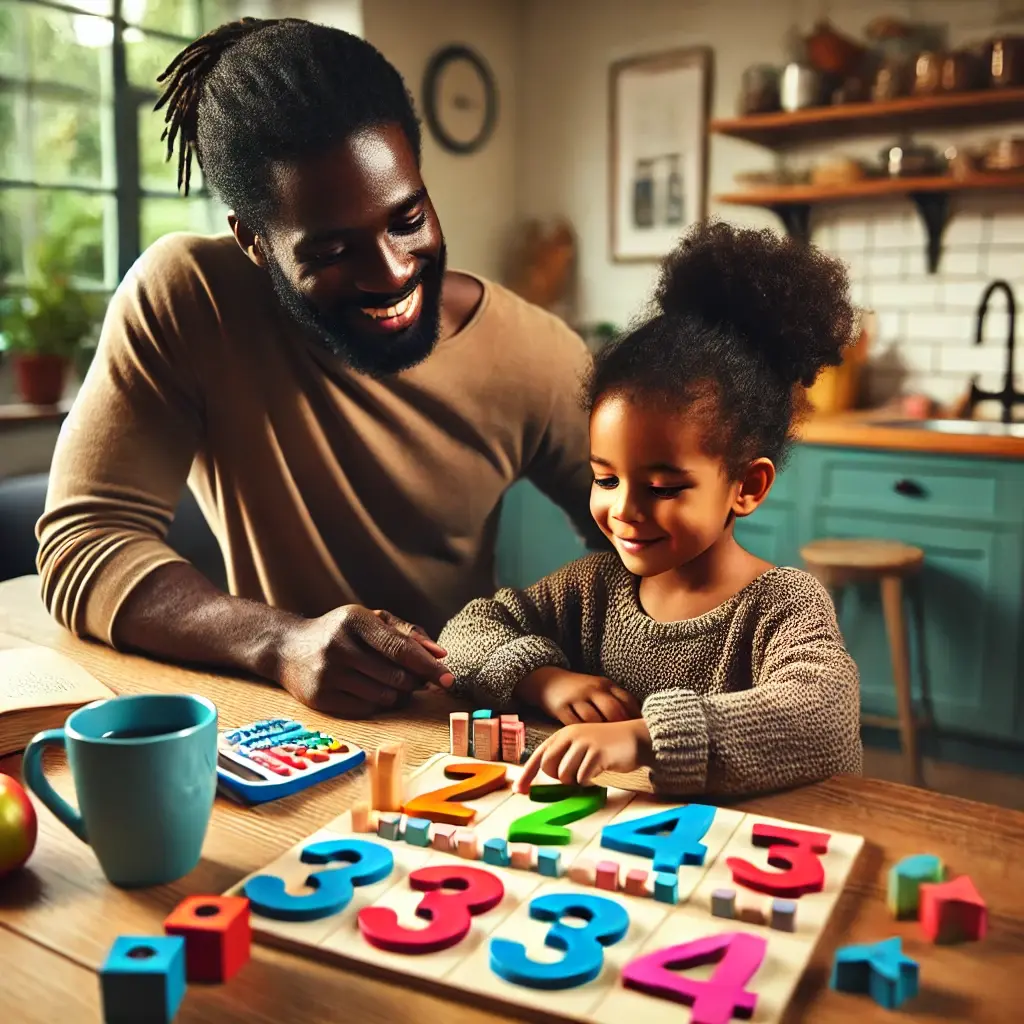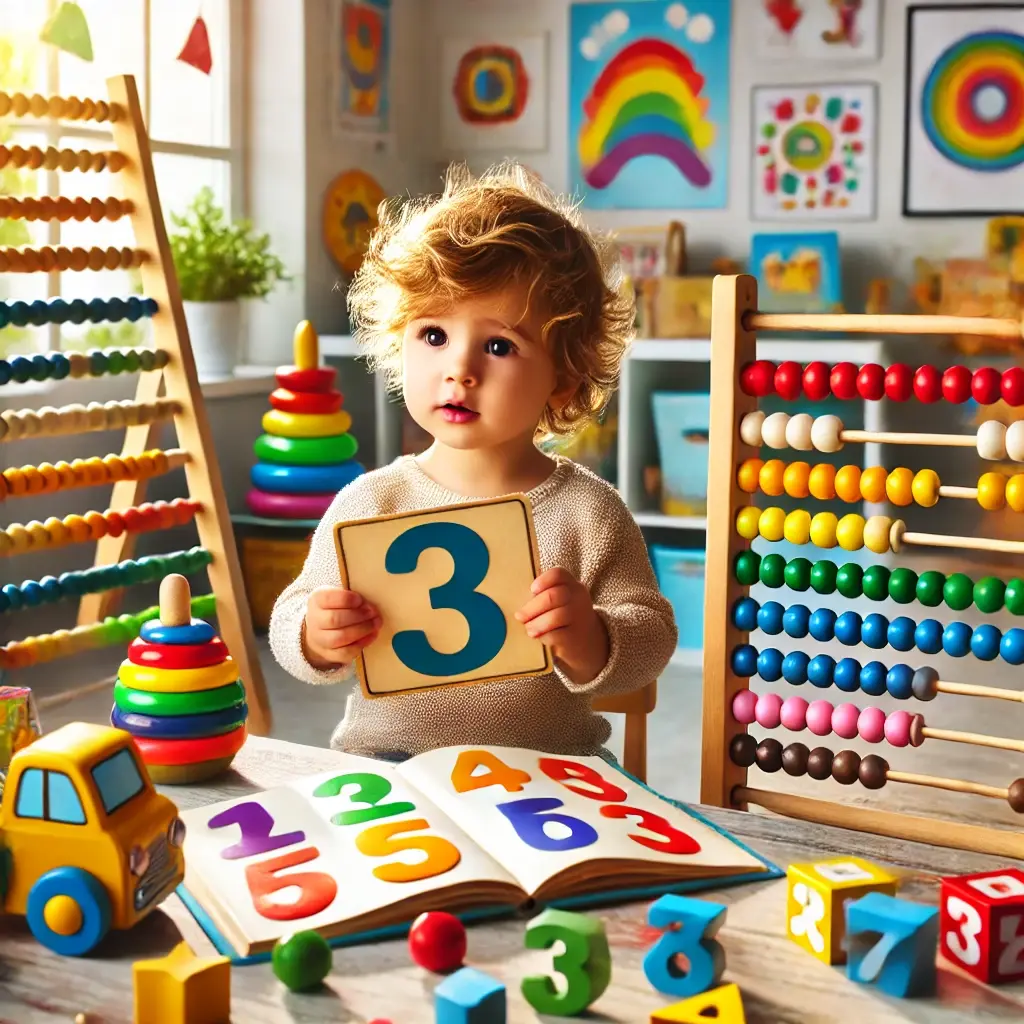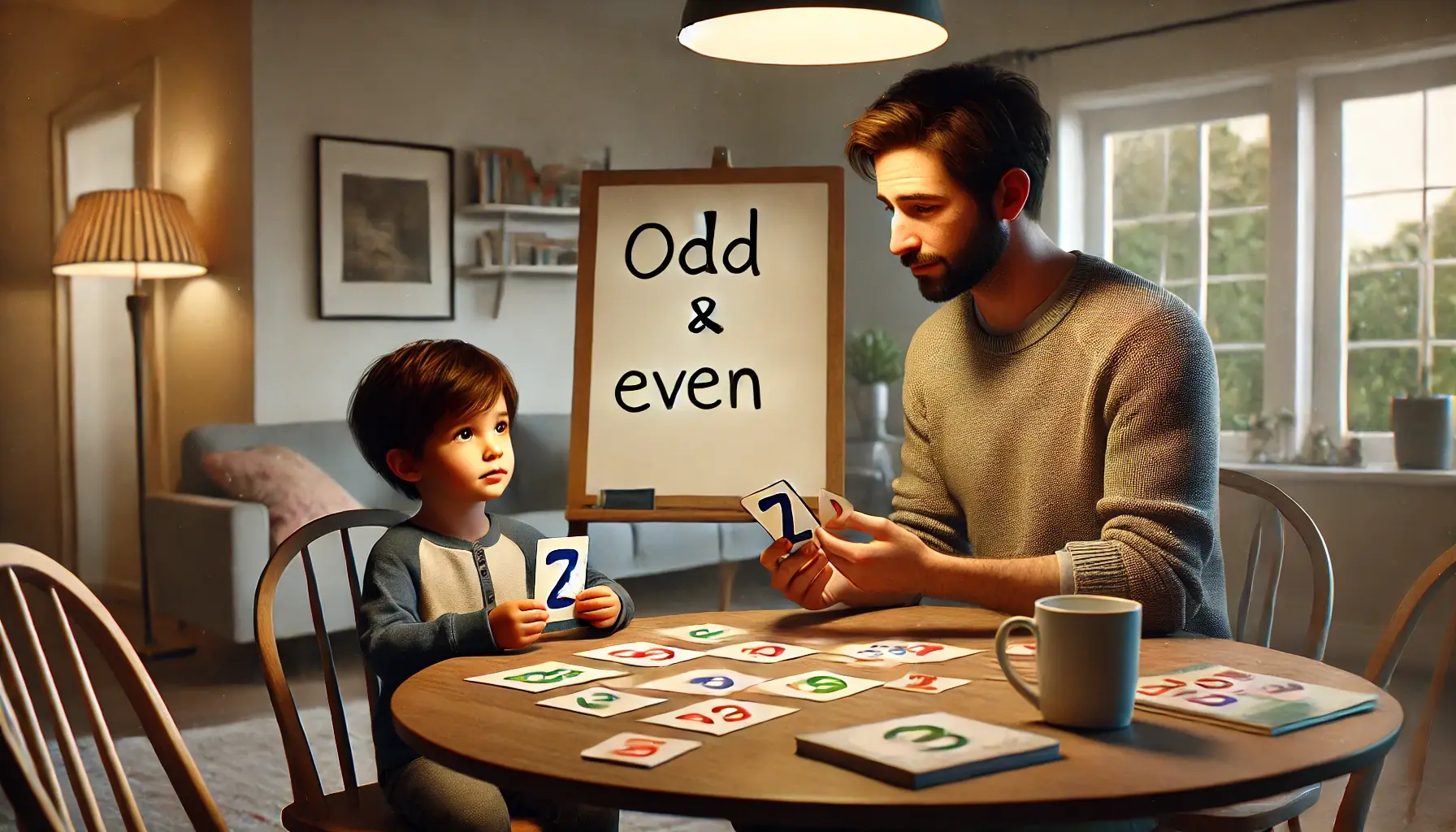 When online learning first began, young children were excited to get the chance to sit at a computer and watch their teachers and friends from a screen. It was novel and exciting, and delivered a fresh approach to learning that enticed children to participate. And over a year later, for some, kindergartners have seemingly lost their enthusiasm for learning through a screen. Though, I don’t blame them.
When online learning first began, young children were excited to get the chance to sit at a computer and watch their teachers and friends from a screen. It was novel and exciting, and delivered a fresh approach to learning that enticed children to participate. And over a year later, for some, kindergartners have seemingly lost their enthusiasm for learning through a screen. Though, I don’t blame them.
Many of them wish to return to what they remember “normal” school to be and are struggling for one reason or another. While we will likely need to make online learning work for the foreseeable future, it’s important that our kids not hate it. We put together some ideas to help your child enjoy online learning and even look forward to their classes each day.
Make their learning room extra special.
Being home more often this past year has helped us realize that we all enjoy a little change of scenery from time to time, even if that means within our own home. If you have the space available in your home, you can create a “learning corner.” This will be where your child always takes their classes but it can be decorated to appear more like a classroom.
You can hang their art work up on the wall or include brightly colored items or pictures that you would typically see in a youth classroom. Perhaps you can invest in a decorative area rug that makes the space look more like school. You can add colorful boxes to keep your child’s books and other learning materials in. You can hang up all the letters of the alphabet on the wall or even purchase a small white board that has a summary of what they learned in school that day.
By doing this you not only bring the classroom to your child, but you help provide them with a piece of the “kindergarten experience” they may be missing during online learning at home.
Schedule unique and inviting brain breaks.
According to experts in child development, the average attention span for a five year old is 10-25 minutes per task. This will of course vary depending on the time of day, your child’s mood, and how interested they are in the topic at hand.
Taking breaks is essential to keep young children content. They are always bursting with energy and an abundance of excitement may interfere with their learning or how well they retain new information. Breaks should always include movement, whether it be dancing, yoga, and more. We recommend having your child engage in an activity that uses all the senses. This will prepare them to start learning again and encourage them to refocus after “getting all the sillies out.”
Studies have shown that taking brief breaks lead to improved behavior in kids. Breaks could be useful when kids show signs of restlessness, low energy, or when boredom sets in. Try your best to notice the physical signs your child shows that indicates disinterest. One of my favorite break songs for kids is Shake Your Sillies Out and Tooty Ta among others.
Give your kindergartener the chance to teach you.
I think it’s safe to say that most kids greatly enjoy playing dress-up. And while they may not be able to play dress up with friends their age, there’s no reason why mom and dad can’t pretend to be students in your kindergartener’s “classroom.”
Take the opportunity to turn study time into play time. This will allow your child to review what they learned in online learning without even knowing it! Maybe you can sing the alphabet song and practice numbers. Provide a chalkboard, white board, or easel for your child to “teach” you how to write, count, and more.
Set up a “classroom” in an open space like the living room with makeshift desks for the parents and siblings to sit in. Have your child be the teacher, and raise your hand to ask questions. This will not only increase your child’s confidence, but help them retain what they are learning. It is a great choice for a family bonding activity, and is something the whole family could participate in.
Always give your child direct eye contact.
This may seem like an unusual tip, but it is very important. SInce your child is experiencing far fewer interactions with people, it’s important to compensate for it. Your child hasn’t been exposed to as many people as they typically would, and they need to learn body language and non-verbal communication cues from you.
Direct eye contact from a parent helps children feel more secure and also builds trust. Making direct eye contact also helps children remember things and may improve their listening skills.
Address your child’s needs for socialization.
Social interaction is a crucial part of growing up. It helps children understand their emotions and what they value. It also teaches them how to make friends and how to effectively communicate. Learning online may stunt many opportunities for your child to have the chance to meet other children their age. While it may still be difficult to coordinate playdates in person, socially-distanced outdoor activities with friends close in age will greatly benefit your child.
If that isn’t something you’re comfortable with, try planning virtual playdates. You can coordinate your child and your friend to do similar activities from one another’s home “together.” Maybe it’s having a dance party, playing dress-up, or baking cookies with mommy. Being able to have some sort of interaction with other kids their age is essential for proper social and emotional development in your child. Try your best to not neglect it.
At Genie Academy, we believe that every child has the ability to be a genius. We train our students from a young age with foundational skills that will serve them indefinitely. We are able to build rapport among teachers and students, and provide a classroom environment that students look forward to attending. Whether it be in person or online, Genie Academy makes math, reading, writing, and coding fun!
Sources
https://www.simplykinder.com/brain-breaks-old-school-kindergarten/
The Genie Academy Team





